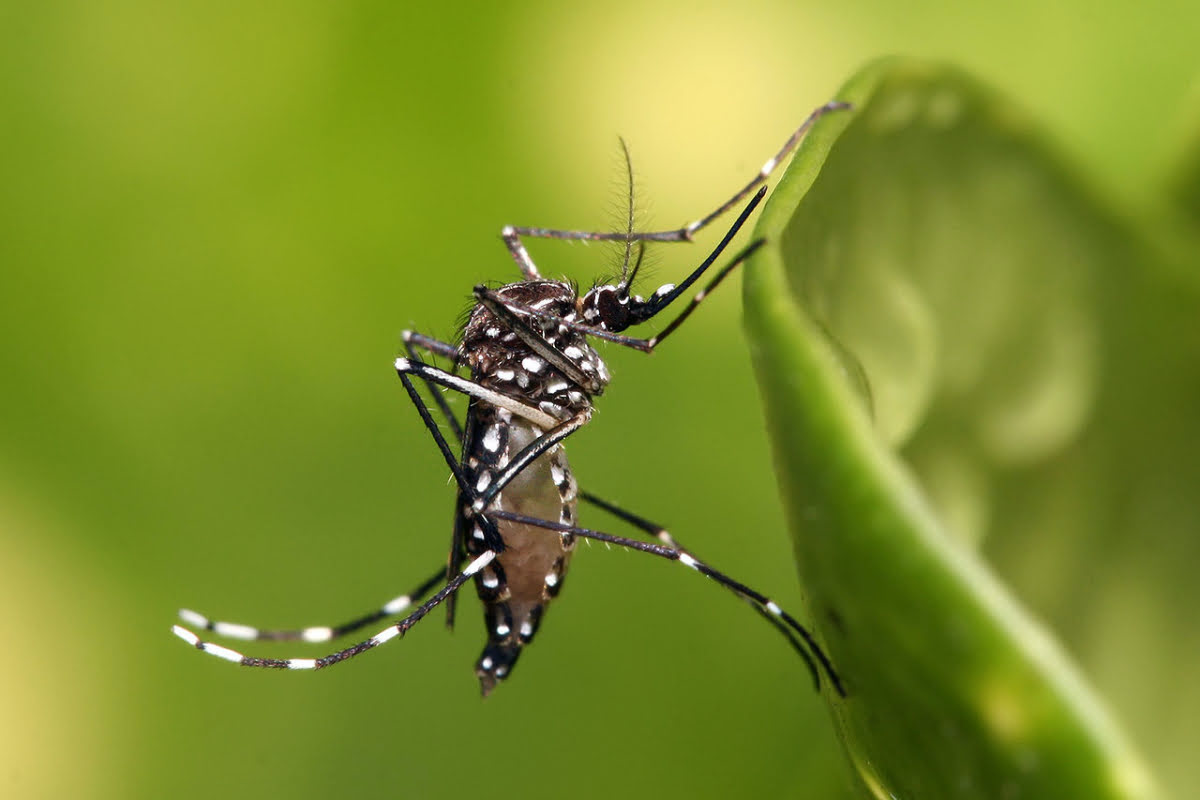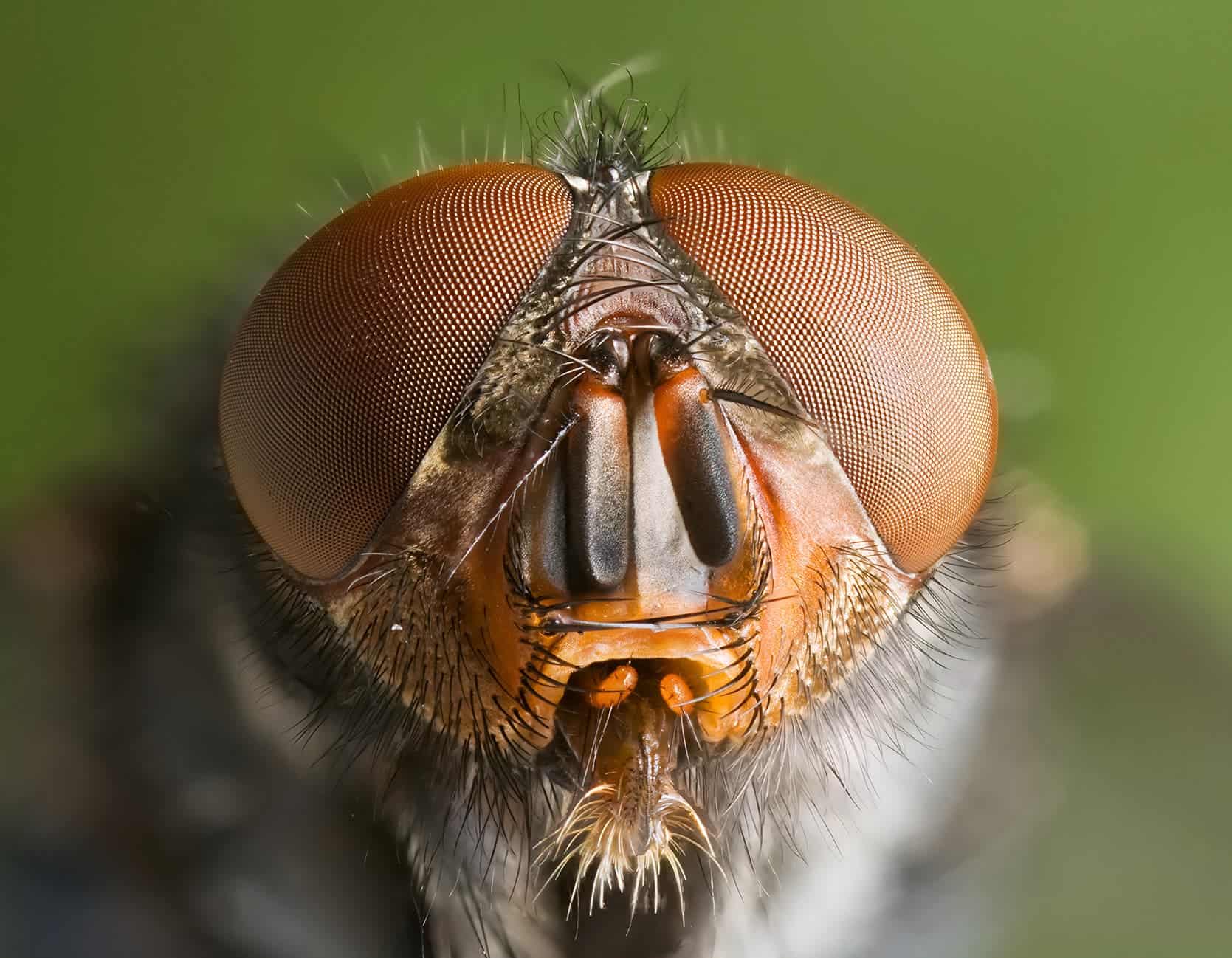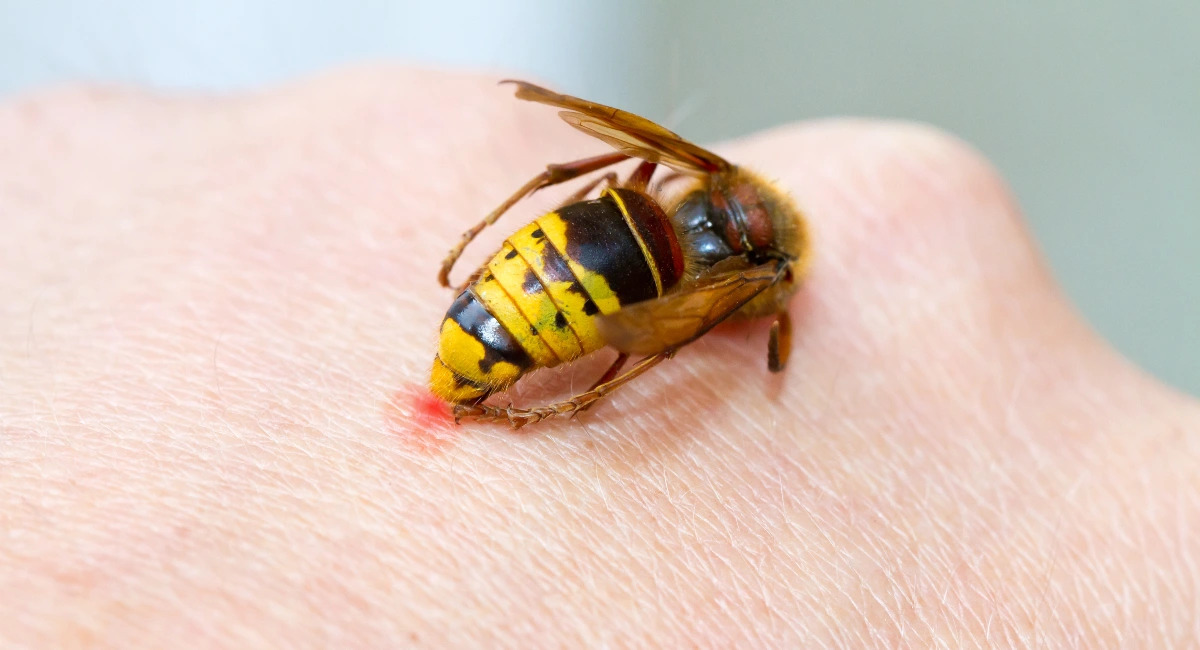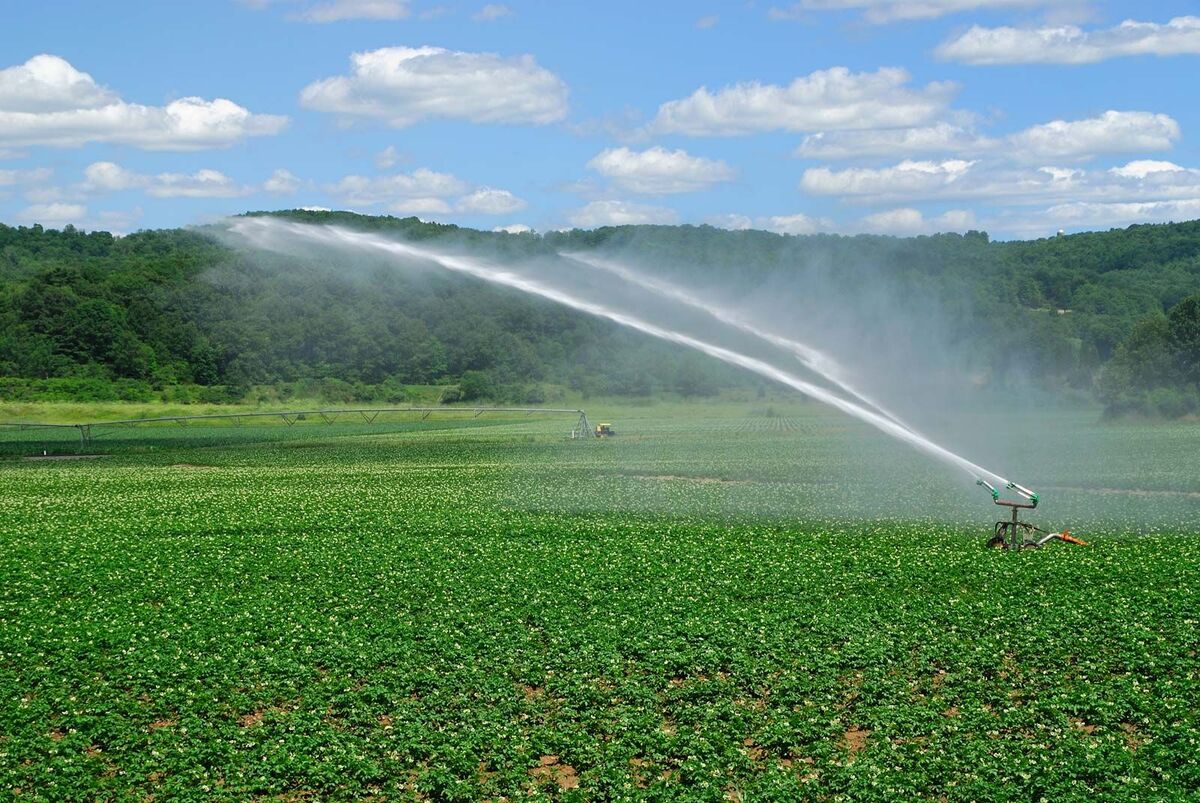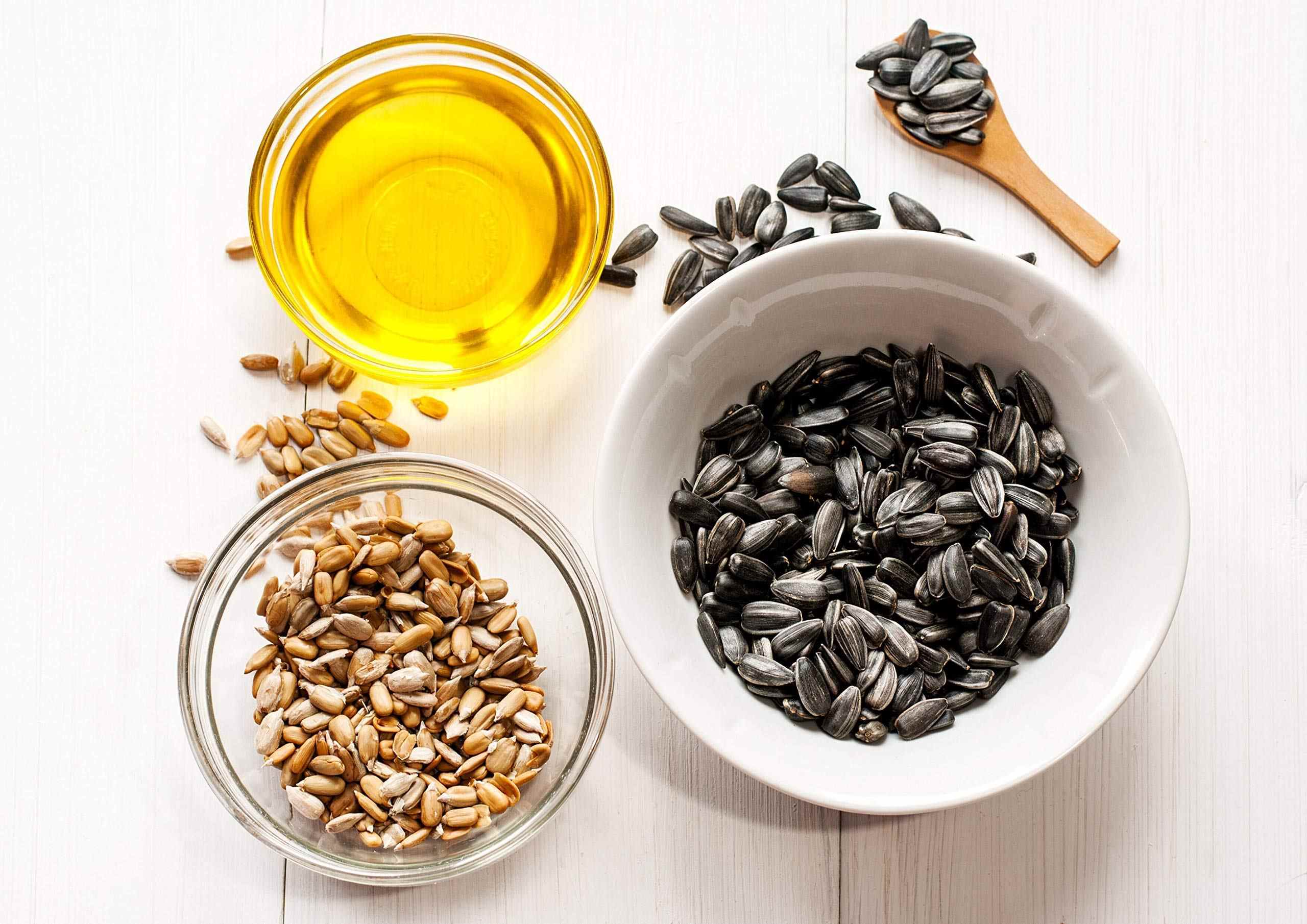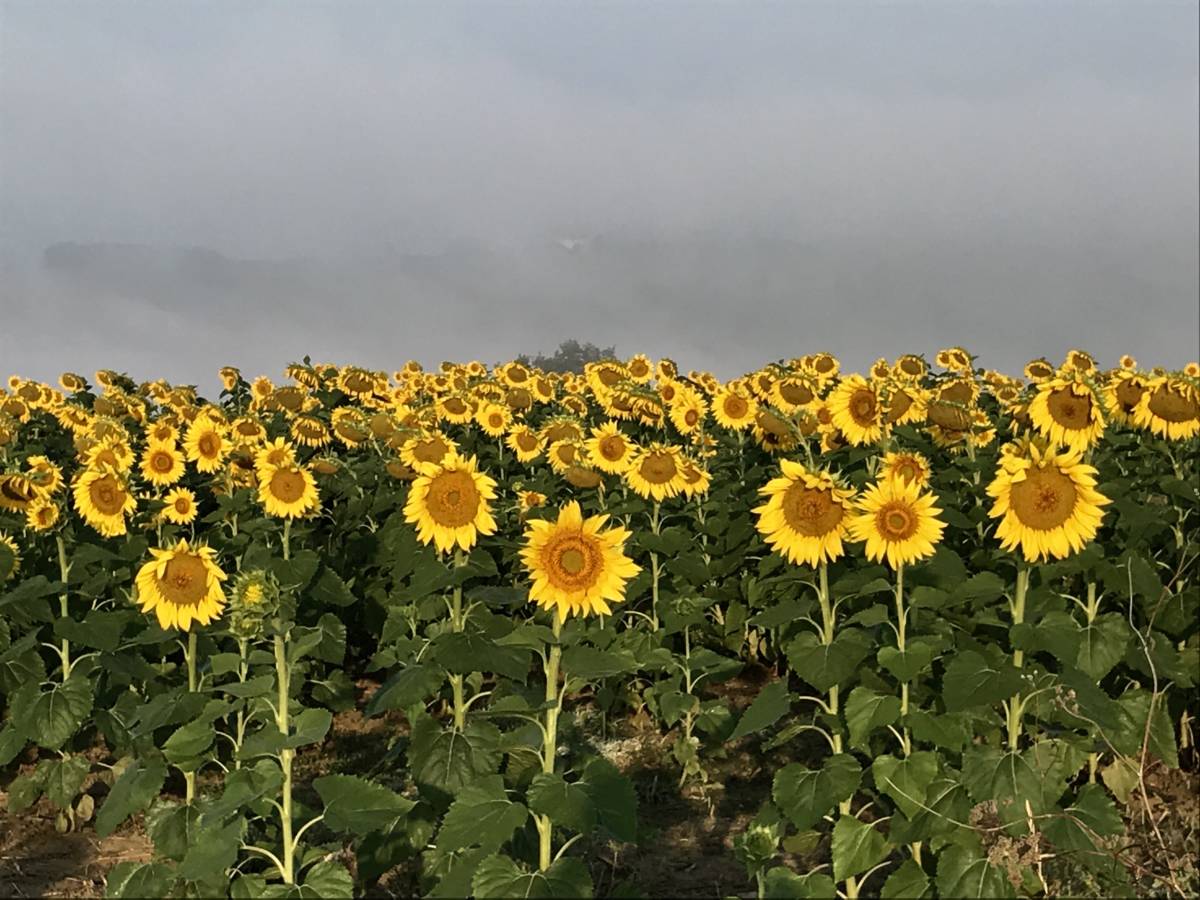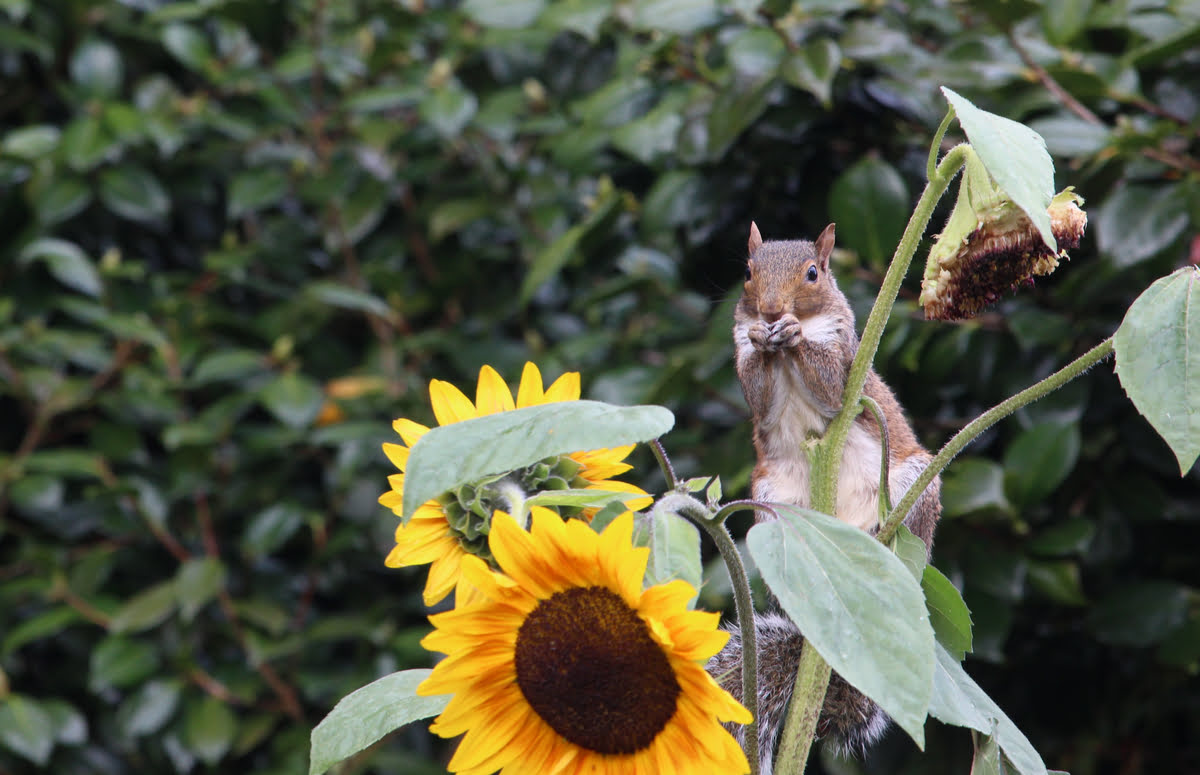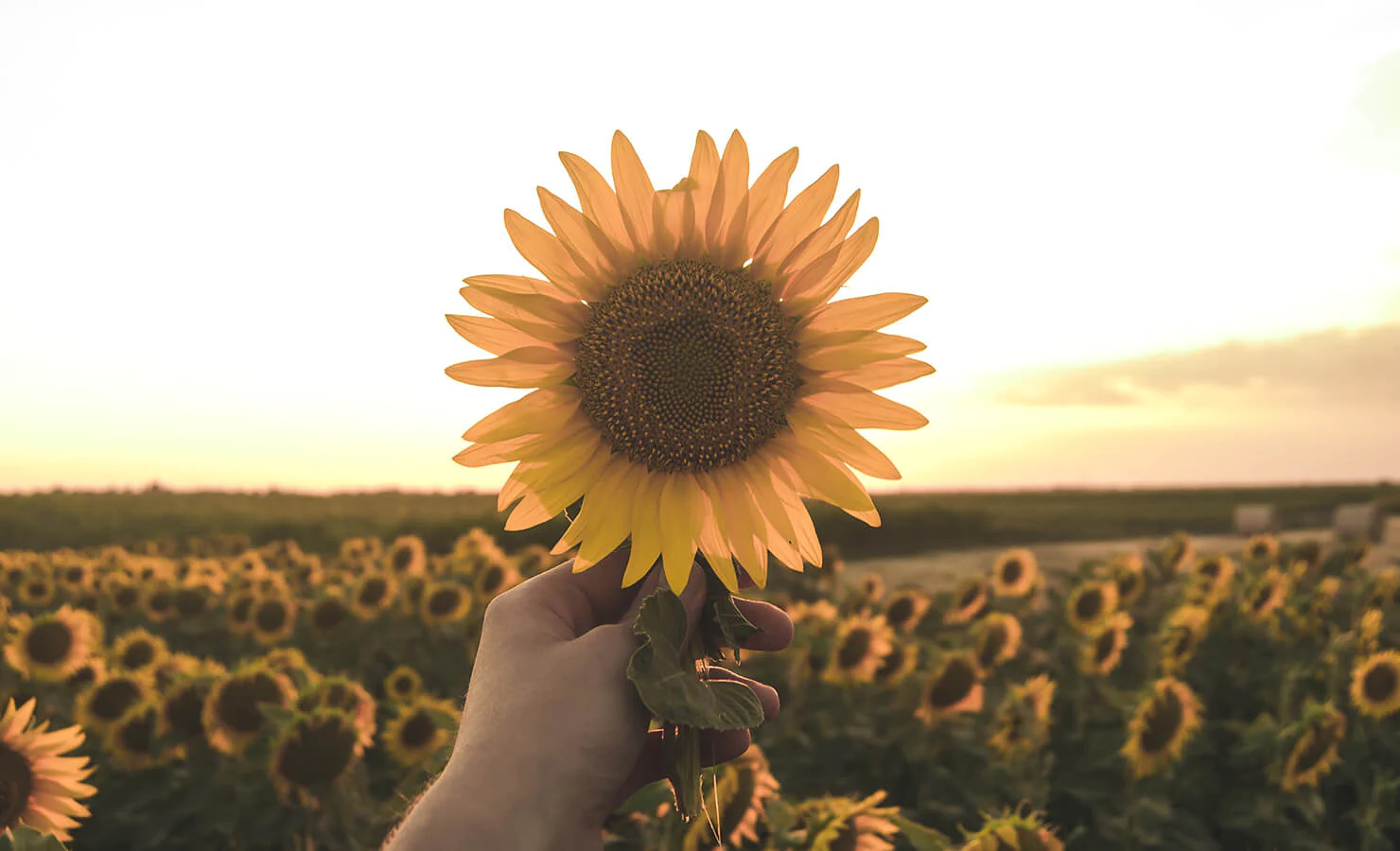Home>Gardening News and Trends>Latest News>What Color Goes With Sunflowers


Latest News
What Color Goes With Sunflowers
Modified: January 22, 2024
Looking for the latest news on what color goes with sunflowers? Discover the perfect color combinations and inspire your next design project.
(Many of the links in this article redirect to a specific reviewed product. Your purchase of these products through affiliate links helps to generate commission for Chicagolandgardening.com, at no extra cost. Learn more)
Table of Contents
Introduction
Welcome to the colorful world of sunflowers! These vibrant and cheerful flowers are loved by many for their striking appearance and uplifting energy. Sunflowers have long been associated with positivity, happiness, and the warmth of the sun. In this article, we will explore the wonderful world of colors that go well with sunflowers. Whether you’re planning a floral arrangement, designing a room, or creating artwork, understanding the best color combinations can help you create stunning visuals that complement these radiant flowers.
Sunflowers, with their large, yellow petals and dark centers, are a symbol of summer and joy. They evoke feelings of happiness, optimism, and energy. Combining sunflowers with the right colors can enhance their beauty and create a pleasing visual harmony.
One of the keys to creating color combinations with sunflowers is to understand color theory. This theory explains how colors interact and how certain combinations can be visually appealing. By knowing which colors complement and contrast with sunflowers, you can create a harmonious and visually stunning aesthetic.
In the following sections, we will delve into the fascinating world of color combinations for sunflowers. We will explore the colors that complement sunflowers, those that create contrast, and those to avoid. Get ready to immerse yourself in a world of vibrant and captivating hues that will enhance the beauty of your sunflowers and bring joy to your surroundings.
Meaning of Sunflowers
Sunflowers hold a rich symbolism that adds depth and significance to their vibrant beauty. These radiant flowers have been admired and appreciated for centuries across various cultures and societies. Understanding the meaning behind sunflowers can provide a deeper appreciation for their visual appeal and emotional resonance.
Traditionally, sunflowers are often associated with positivity, vitality, and happiness. Their bright and brilliant appearance resembles the sun, which has long been a symbol of life-giving energy and warmth. Sunflowers’ towering height and their tendency to face the sun also symbolize resilience, strength, and unwavering faith.
Moreover, sunflowers are often linked to feelings of joy, optimism, and a positive outlook on life. Their vibrant yellow color represents cheerfulness and positivity, making them a popular choice for decorations and gifts to convey happiness and well-wishes. Sunflowers are frequently used to celebrate special occasions and milestones, such as birthdays, graduations, and weddings, as they radiate a sense of joy and enthusiasm.
Addititionally, sunflowers have made their way into many cultural and artistic expressions throughout history. They have been celebrated in paintings, poetry, and literature, often representing beauty, abundance, and the cycle of life. In some beliefs and mythologies, sunflowers are also associated with fertility, prosperity, and good luck.
When gifting sunflowers or incorporating them into your own space, it’s important to consider the message they convey. Whether you’re expressing gratitude, sending well-wishes, or simply aiming to brighten someone’s day, sunflowers are an excellent choice due to their uplifting symbolism.
The next sections will delve into the world of colors and explore which hues harmonize with the vibrant beauty of sunflowers and amplify their positive energy.
Understanding Color Theory
Before exploring the colors that complement and contrast with sunflowers, it’s important to have a basic understanding of color theory. Color theory is a set of principles and guidelines that explain how colors interact with one another and how certain color combinations can create specific visual effects and emotional responses.
The three primary colors in the color wheel are red, blue, and yellow. Combining these colors creates secondary colors: orange, green, and purple. Tertiary colors are made by mixing primary and secondary colors together.
When it comes to creating color combinations, there are several important terms to keep in mind:
- Complementary colors: These are colors that are opposite each other on the color wheel. Complementary colors create high contrast and can make each other appear more vibrant when placed together.
- Analogous colors: These are colors that are adjacent to each other on the color wheel. Analogous colors create a harmonious and cohesive look.
- Monochromatic colors: These are variations of a single color, using different shades, tints, and tones. Monochromatic color schemes create a sense of sophistication and visual interest without overwhelming the eye.
- Triadic colors: These are three colors that are evenly spaced on the color wheel, creating a balanced and dynamic look.
Understanding these basic color theory principles will help you create stunning color combinations that complement and enhance the beauty of sunflowers.
In the next sections, we will explore the colors that complement and contrast with sunflowers, allowing you to make informed decisions when incorporating them into your designs, whether it be in floral arrangements, interior decor, or artwork.
Colors that Complement Sunflowers
When it comes to selecting colors that complement sunflowers, it’s important to consider hues that enhance their vibrancy and radiance. Complementary colors can create a visually pleasing balance, allowing the sunflowers to take center stage while being surrounded by harmonious tones.
One of the most classic and popular combinations with sunflowers is the use of blue and green. The cool blues, such as sky blue or turquoise, create a striking contrast against the warm yellow of the sunflowers. This combination can evoke a sense of nature, serenity, and freshness. Adding touches of green, whether through foliage or other floral elements, further enhances this natural and inviting aesthetic.
For a more dramatic and eye-catching look, consider pairing sunflowers with shades of purple. Deep purples, like eggplant or royal purple, can create a rich and luxurious backdrop for the bright yellow blooms. The combination of yellow and purple is often associated with royalty and opulence.
If you prefer a softer and more delicate feel, pastel colors can complement sunflowers beautifully. Soft blush pinks, light lilacs, and mint greens can create a dreamy and romantic atmosphere, allowing the sunflowers to shine as the focal point. This combination works well for weddings, baby showers, and other elegant events.
Another option is to pair sunflowers with warm earth tones, such as rustic oranges and deep reds. These warm colors create a cozy and inviting atmosphere, reminiscent of autumn or a warm sunset. The combination of sunflowers with earthy tones can evoke a sense of comfort and nostalgia.
When choosing colors that complement sunflowers, it’s important to remember the overall mood and ambiance you want to create. Experiment with different color combinations to find the one that best suits your style and preferences, while keeping the focus on the radiant beauty of the sunflowers.
In the following section, we will explore colors that create contrast with sunflowers, allowing you to make bolder statements and highlight their vibrant presence even more.
Colors that Contrast with Sunflowers
If you’re looking to make a bold and vibrant statement with sunflowers, contrasting colors can create an eye-catching and dynamic combination. Contrasting colors are those that sit directly opposite each other on the color wheel, creating a high level of visual contrast.
One of the most striking combinations with sunflowers is pairing them with shades of purple. The deep, rich hues of purple, such as plum or violet, create a stunning contrast against the bright and sunny yellow of the sunflowers. This combination creates a sense of energy, drama, and visual impact.
For a more playful and lively look, consider combining sunflowers with shades of bright pink or fuchsia. The intensity of these colors creates a vibrant contrast that grabs attention and adds a sense of fun and excitement to any setting. This combination works particularly well for festive events or cheerful celebrations.
To create a bold and modern aesthetic, consider pairing sunflowers with shades of teal or turquoise. The coolness of these colors contrasts beautifully with the warmth of sunflowers, creating a visually striking effect. This combination can add a contemporary and refreshing touch to your designs.
For a timeless and elegant look, black and white provide a striking contrast to sunflowers. The simplicity and monochrome palette allow the bright yellow petals to stand out even more, creating a sophisticated and visually stunning display. Adding touches of metallic accents, such as gold or silver, can further enhance the overall aesthetic.
When working with contrasting colors, it’s important to strike a balance to avoid overwhelming the eye. Consider using the contrasting color as an accent or in smaller doses to create focal points and visual interest without overpowering the sunflowers.
Now that we have explored colors that complement and contrast with sunflowers, let’s delve into the colors that are best to avoid when pairing with these vibrant blooms.
Colors to Avoid with Sunflowers
While sunflowers can be paired with a wide range of colors to create visually stunning combinations, there are a few colors that may not complement the vibrant beauty of these blooms. By understanding which colors to avoid, you can ensure that your sunflowers take center stage and maintain their visual appeal.
One color to exercise caution with when pairing with sunflowers is red. Although red is a bold and powerful color, it can clash with the intense yellow of sunflowers and create a visually overwhelming combination. If you do decide to incorporate red, opt for shades that are less vibrant, such as burgundy or maroon, to create a more subdued and sophisticated look.
Similarly, it’s best to avoid using orange as a dominant color alongside sunflowers. While both orange and yellow are warm tones, too much orange in combination with sunflowers can create an overpowering and monotonous look. If you prefer to include orange hues, use them sparingly as accents or in lighter shades to create a more balanced and visually pleasing combination.
When it comes to cool tones, such as blues and purples, it’s essential to choose shades that harmonize rather than clash with the yellow of sunflowers. Avoid using cool tones that are too dark and intense, as they can create a stark contrast that takes away from the vibrancy of the sunflowers. Opt for lighter shades of blues and purples to maintain a balanced and harmonious color palette.
Additionally, it is generally best to avoid using overly bright and neon colors with sunflowers. These colors can overpower the natural beauty of the blooms and create a chaotic visual effect. Instead, opt for softer and more muted versions of bright colors to achieve a more visually pleasing combination.
Remember, these are guidelines, and the final color choices depend on personal preferences and the overall aesthetic you want to achieve. The key is to strike a balance and ensure that the colors you choose enhance rather than compete with the vibrant beauty of sunflowers.
Now that we have explored the colors that complement, contrast, and should be avoided when pairing with sunflowers, you have the tools to create stunning floral arrangements, designs, and artworks that showcase the radiant beauty of these beloved blooms. Let your creativity flourish as you play with colors and create your own unique combinations with sunflowers.
Conclusion
Sunflowers, with their vibrant and uplifting nature, add a cheerful touch to any space or design. By understanding color theory and exploring the colors that complement and contrast with sunflowers, you can create visually stunning combinations that enhance their beauty and evoke the desired mood and atmosphere.
Colors that complement sunflowers, such as blues, greens, purples, and pastels, create a harmonious and inviting aesthetic, allowing the sunflowers to shine as the focal point. On the other hand, contrasting colors like purples, pinks, teals, and black and white can create a bold and striking visual impact, bringing out the vibrancy of the sunflowers even more.
While there are colors to avoid when pairing with sunflowers, such as intense reds, oranges, and overly bright and neon hues, the final color combinations ultimately depend on individual preferences and the desired atmosphere. The key is to strike a balance and ensure that the chosen colors enhance rather than compete with the radiant beauty of sunflowers.
Now armed with the knowledge of color combinations, unleash your creativity and bring sunflowers to life in floral arrangements, interior décor, artwork, and beyond. Let the vibrant energy of sunflowers inspire you and create visually captivating designs that evoke joy, positivity, and warmth.
Remember, the world of color is vast, and there’s no limit to the possibilities. Embrace the joyful nature of sunflowers and let the kaleidoscope of colors be your canvas for creating beauty and delight.
